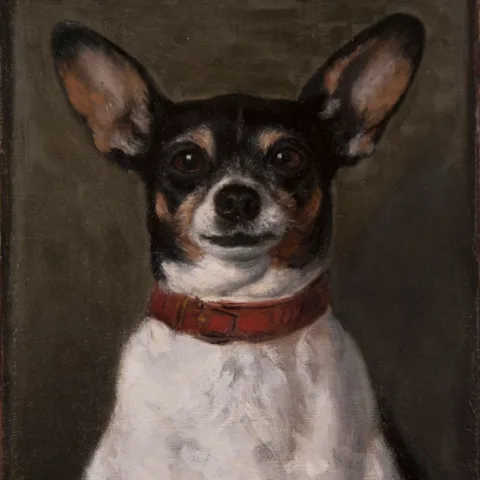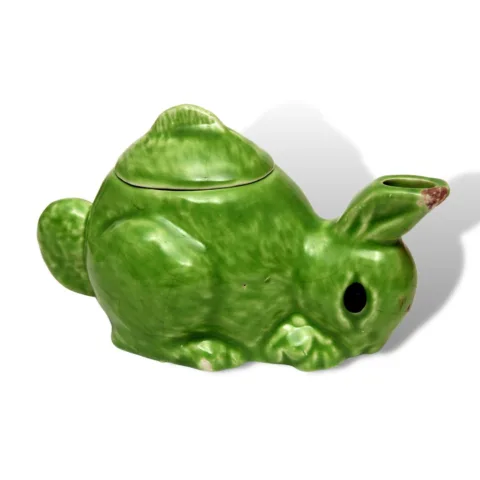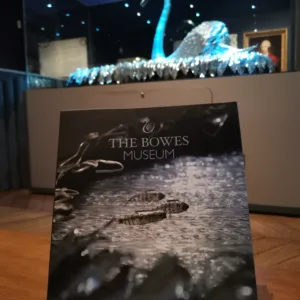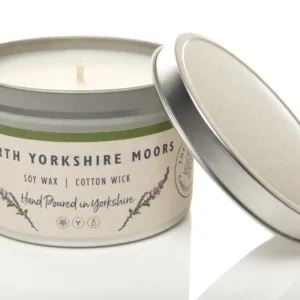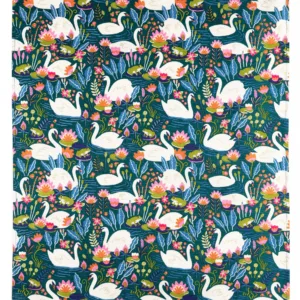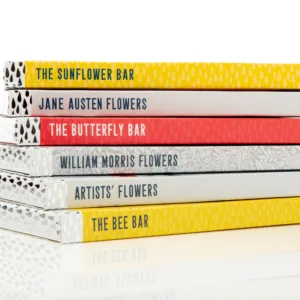The Bowes Museum Blog

The Horse Whisperer

Today, the 19th of June, is John Bowes’ birthday, He was born 210 years ago in London, where his father, John Bowes, the 10th Earl of Strathmore, had taken his mother Mary Milner, presumably for privacy because they were not yet married. However, they soon returned home to Streatlam Castle, where John was brought up and learnt to share his father’s passions for art, theatre and, most particularly, horse racing. So, on this occasion of Royal Ascot Week, let us celebrate John Bowes’ achievements as a man of the turf.

The two main components of being a successful race horse owner are to have a good stud, where the horses are bred, and then a good training stables, which do not need to be the same place. The 10th Earl had brought the breeding from his own estate at Gibside, just south of Newcastle, and the training from Esher in Surrey (in 1795), so John grew up surrounded by race horses, and was able to see them in training. After the death of his father in 1820 he clearly had an increased personal involvement, even while his Trustees were formally in charge. When he reached his ‘majority’, turning 21 in 1832, he moved the training to John Scott, known as ‘the wizard of the north’, who had his Whitewall training stables at Malton, near York. The benefit of the move was almost instantaneous, and John Bowes went on to become one of the most successful race-horse owners this country has ever known.
The breeding process was challenging, in the sense of choosing the right combination of sire and dam. In the early 1830s Bowes’ best mare, Emma, was walked over to Chester six times to be mated with (‘covered by’) Catton, the Duke of Grosvenor’s stallion at Eaton Park. The outcome from one of these trips was Mündig, later to win the Derby, and a generation further on, Emma was also granddam to the most famous of all John Bowes’ horses, West Australian.
The first of Bowes’ hugely successful horses was the aforementioned Mündig, the German for mature, or ‘of age’, which had been foaled in 1832, the year of his majority. Mündig won the 1835 Derby, the first northern-bred horse ever to do so. This improbable result had meant Mündig starting at long odds, but Bowes knew how good a horse he had and won a lot of money. He was thus able to build up the Streatlam stud by breeding and purchase, so that he soon had eight brood mares there, with 15 in training with John Scott.
The next outstanding champion was Cotherstone, foaled in 1840, he won both the Derby and the Two Thousand Guineas, and came second in the St Leger in 1843. These three races, later to become known together as the Triple Crown, had never been won by the same horse, and many commentators of the day reported that they thought he was ‘pulled’ by his jockey to benefit a rival in the St Leger. In that year Cotherstone won Bowes over £12,000 (£1.2 million in today’s values), making him the most valuable horse in the country. At the same time Bowes was also making twice as much by betting on his horses. Eventually, Cotherstone was sold for breeding purposes to Lord Spencer in 1844 for 3,000 guineas (£300,000 today).
Known as ‘the little horse’ (being by some measurements only the size of a pony), Daniel O’Rourke was foaled in 1849. He won the Derby and the St James’ Palace Stakes at Ascot, and ran 3rd in the St Leger. He was sold to Sir Tatton Sykes to go to stud. After many years he was sold to the Austrian Government for 800 guineas and shipped to Vienna.

Harry Hall, 1851 – 1853
Bowes’ greatest horse was West Australian, foaled in 1850. As a two year old he won the Glasgow Stakes at Newmarket. The next year he won the Derby, the Two Thousand Guineas and the St Leger, thus becoming the first ever winner of the Triple Crown, and on the Derby alone Bowes won £30,000 in bets (£3 million today). He was sold to Lord Londesborough in 1854 for 4,000 guineas, who had him painted by Abraham Cooper in 1856, and for whom he won the Ascot Gold Cup in record time, before being sold on in 1860 for 3,000 guineas to the Duc de Morny in France. He died there in 1869.

The fame of Bowes’ Derby winners risks distracting attention from the immense success of the rest of the Streatlam stud, which was winning other races across the country. He sold horses into most of the great stables and they ended up in many other countries, including the USA, Prussia, Hungary, Holland, South Africa, Austria and France.
The horses themselves were superstars. They were painted many times, in those days before photography, by some of the best painters in the land. West Australian alone was painted by Thomas Walker Bretland (1802-1874), Abraham Cooper (1787-1868), Alfred Frank De Prades (1825-1895), Harry Hall (1812-1888) and T.R. Hart – and those are just the paintings we know about. At Streatlam Castle, Bowes displayed about fifteen paintings of his various horses.
In all, John Bowes won the 2,000 Guineas three times, he also had four Derby winners, a feat matched by only five other breeders (Lord Egremont, the Duke of Grafton, Sir Joseph Hawley, Sir Victor Sassoon and the Earl of Rosebery) and only exceeded by H.H. Aga Khan III with five, a truly remarkable attainment. Meanwhile, only 14 horses have won the Triple Crown, the last being Nijinsky in 1970. We have reason to be grateful for Bowes’ skills, both as a breeder and – dare we say it – as a punter, as the vast sums of money he earned as a result played a major part in funding The Bowes Museum.
You can admire some the paintings of his beloved horses in the John and Joséphine Bowes Story Gallery.
Author: Jonathan Peacock, Trustee of The Bowes Museum
Jonathan has done extensive research into John Bowes’s life and achievements, some of which was displayed in the Streatlam Castle: Rediscover The Home Of John And Joséphine Bowes exhibition in 2017-2018.




